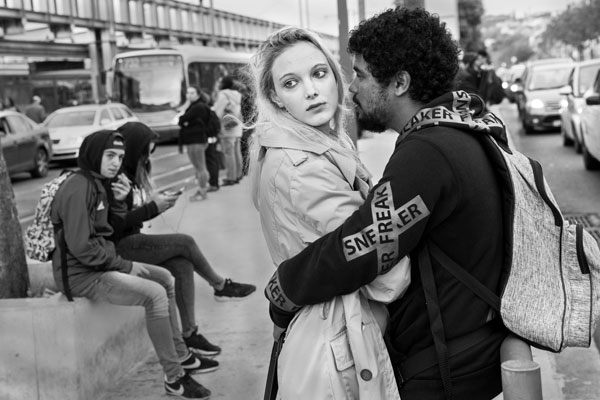The Single Strategy To Use For Framing Streets
Table of ContentsHow Framing Streets can Save You Time, Stress, and Money.The Basic Principles Of Framing Streets Not known Details About Framing Streets The Best Strategy To Use For Framing StreetsUnknown Facts About Framing StreetsThe Facts About Framing Streets Revealed
Digital photography category "Crufts Dog Program 1968" by Tony Ray-Jones Road photography (additionally in some cases called honest digital photography) is photography conducted for art or inquiry that includes unmediated opportunity experiences and random events within public locations, normally with the objective of capturing images at a definitive or touching minute by cautious framework and timing. 
, who was motivated to take on a similar paperwork of New York City. As the city developed, Atget helped to promote Parisian roads as a worthwhile subject for digital photography.

The Best Guide To Framing Streets
The chief Mass-Observationists were anthropologist Tom Harrisson in Bolton and poet Charles Madge in London, and their first record was produced as the publication "May the Twelfth: Mass-Observation Day-Surveys 1937 by over 2 hundred viewers" [] Home window cleaner at Kottbusser Tor, Berlin, by Elsa Thiemann c. 1946 The post-war French Humanist College professional photographers located their topics on the road or in the diner. Between 1946 and 1957 Le Groupe des XV every year showed work of this kind. Andre Kertesz. Circus, Budapest, 19 May 1920 Street photography developed the major web content of 2 events at the Gallery of Modern Art (Mo, MA) in New york city curated by Edward Steichen, Five French Photographers: Brassai; Cartier-Bresson, Doisneau, Ronis, Izis in 1951 to 1952, and Post-war European Digital Photography in 1953, which exported the idea of street digital photography globally.

The Best Strategy To Use For Framing Streets
The recording maker Click This Link was 'a surprise video camera', a 35 mm Contax concealed below his coat, that was 'strapped to the breast and attached to a long cable strung down the ideal sleeve'. Nonetheless, his job had little modern influence as due to Evans' sensitivities concerning the creativity of his task and the personal privacy of his topics, it was not released till 1966, in guide Many Are Called, with an introduction written by James Agee in 1940.
Helen Levitt, then a teacher of little ones, linked with Evans in 193839. She recorded the temporal chalk illustrations - vivian maier that belonged to youngsters's street society in New York at the time, along with the youngsters who made them. In July 1939, Mo, MA's new digital photography area included Levitt's operate in its inaugural exhibitRobert Frank's 1958 book,, was substantial; raw and frequently indistinct, Frank's photos questioned conventional digital photography of the time, "tested all the formal guidelines laid down by Henri Cartier-Bresson and Pedestrian Evans" and "flew in the face of the wholesome pictorialism and heartfelt photojournalism of American publications like LIFE and Time".